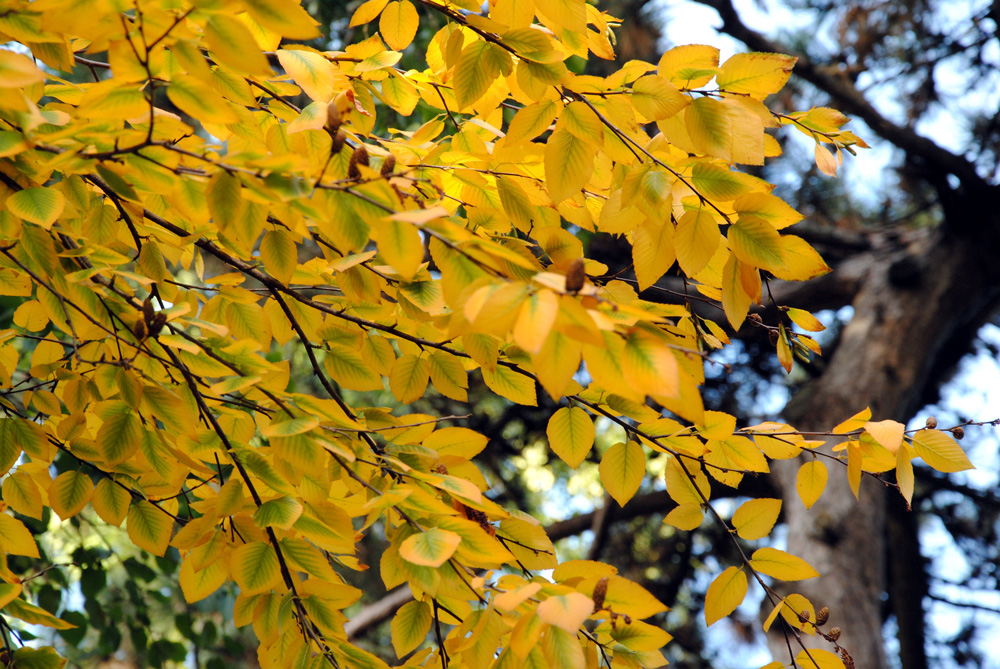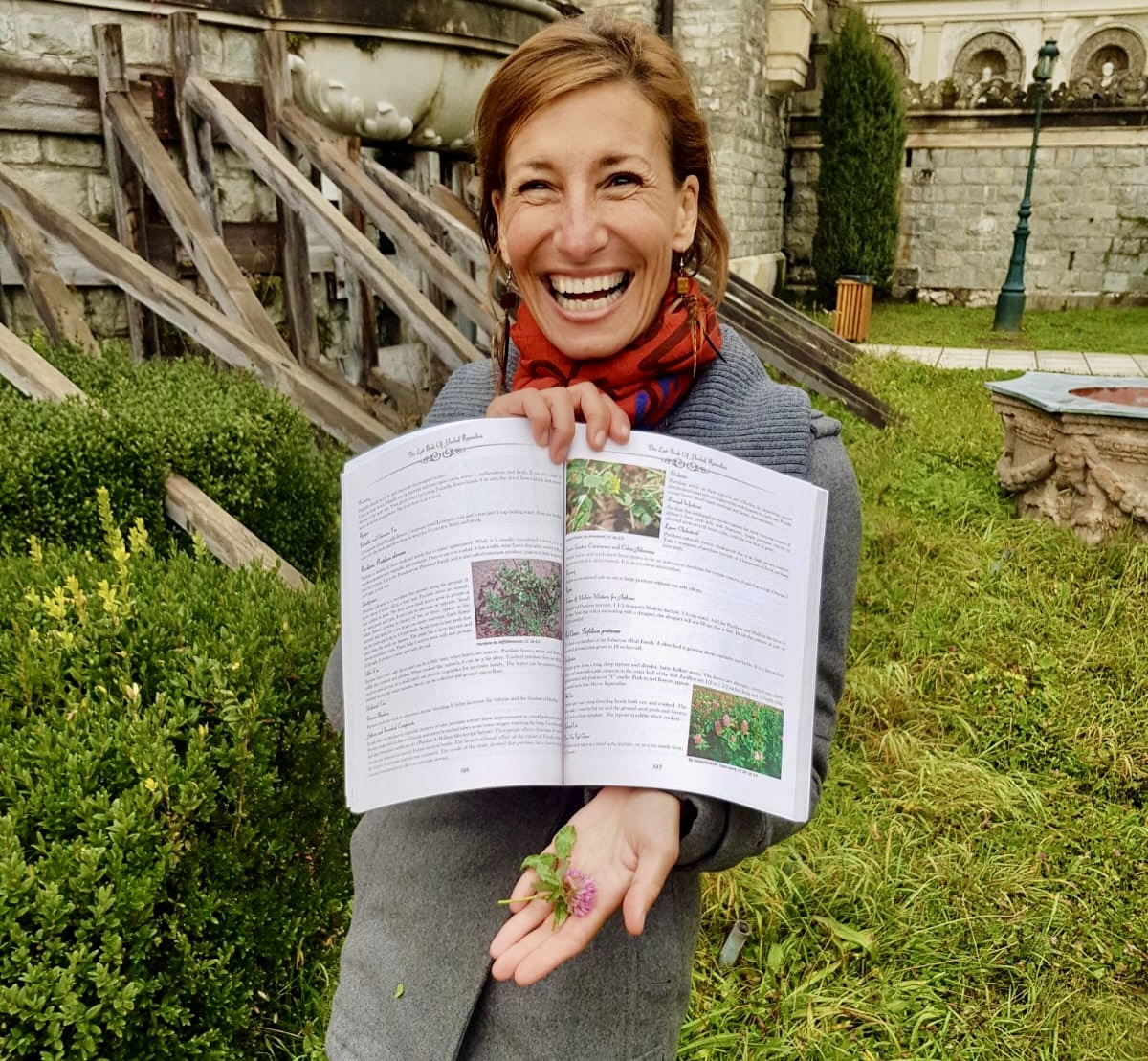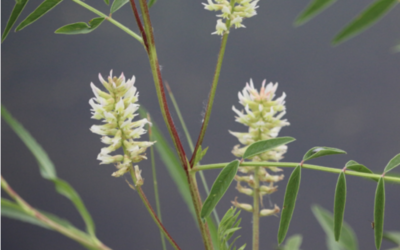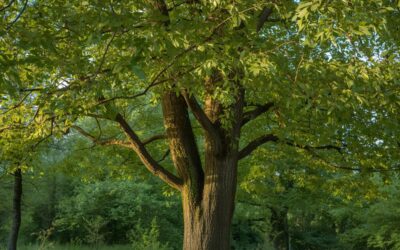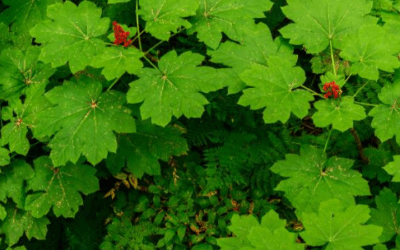Black Birch: Not Just a Pretty Face — It’s Also a Healing Powerhouse
Chances are, if you live in eastern North America you are quite familiar with black birch trees in your local forest. After all, this is one tree that is difficult to overlook with its beautiful mahogany to black bark, impressive height, and lush green canopy. But did you know that it also is an outstanding source of food and natural medicine? This versatile tree helps to tame inflammation, address digestive issues, and even treats burns and frostbite!
Basic Identification
With dark mahogany or nearly black bark, this birch is striking. People sometimes confuse it with a cherry tree, particularly when it is still young. To identify, the bark can be scraped from a twig — it should release a wintergreen scent. Alternate names include mahogany birch, sweet birch, cherry birch, and spice birch. It grows to an impressive 50-70 feet (15-21m) high and 3 feet (1m) across. The green ovate leaves are 2-4 inches (5-10cm) in length and are finely serrated. Trees produce male and female flowers on separate catkins in early spring that measure 2-4 inches (5-10cm) long. The fruits are upright oblong brown cones, which grow to 0.75-1.25 inches (2-3cm) in length. They reach full maturity between August and September.
Where Does It Grow?
Black birch is found throughout eastern North America, from southern Maine to southern Ontario, and southwards through Appalachia and into Georgia. It prefers cool forests and thrives in moist, fertile soils that are well-drained.

Harvesting
The ideal time to tap black birch sap is between March and April. For one quart of syrup, you will need to boil down 22-23 gallons of sap at 220ºF (104ºC). Buds and branches are best harvested in late spring, before the buds open. For the inner bark, spring or autumn is ideal. You can collect the leaves during summer while they are fresh and bright green. Try to harvest them in the morning before the heat dissipates their oil. They can be used fresh or dried for later use.
Edible Uses
The sap, inner bark, and twigs are edible. The sap can be enjoyed fresh, boiled into syrup, or fermented into vinegar and birch beer, as seen in the recipe below. The inner bark can be dried and ground into a flour, while the twigs can be brewed as a tea. Black birch is an outstanding emergency food.
Recipe. Simple Birch Beer. Pour syrup into a 1-quart mason jar. Add boiling water, stirring until dissolved. In a small bowl, combine yeast and 3 tbsp water. When the birch syrup reaches room temperature, add the dissolved yeast. Screw on a mason jar fermentation kit and let sit for a few weeks. Once the fermentation finishes, separate the beer from the sediment by tipping just the liquid into a sealable bottle. Age for 2 weeks before drinking.
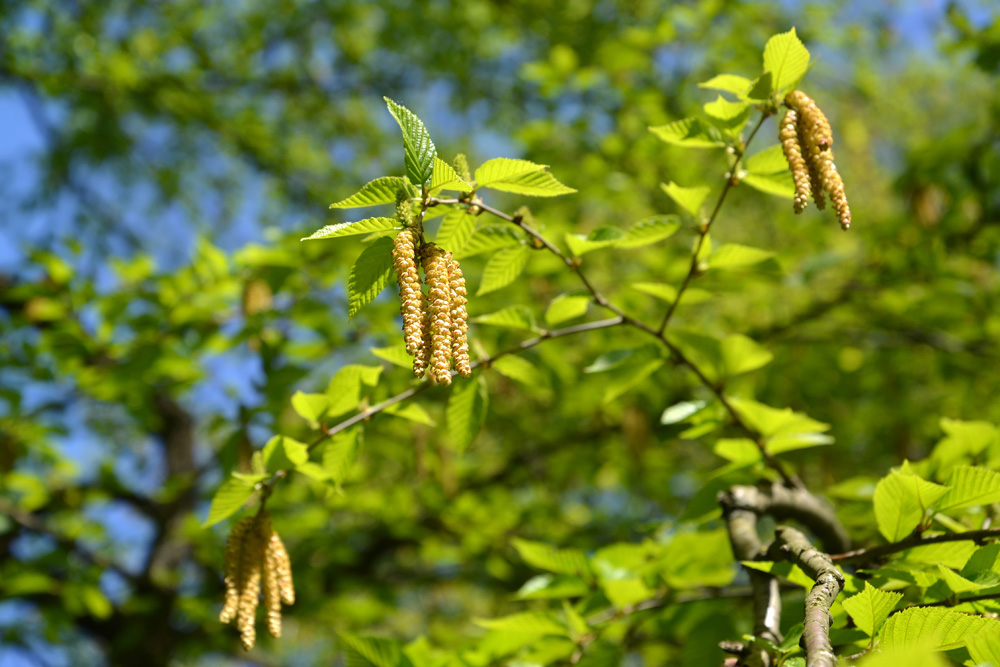
Medicinal Uses
Black birch is analgesic, anti-inflammatory, and diaphoretic. The twig tea is traditionally used to address stomach ailments. Historically, it was once the only source of wintergreen oil (methyl salicylate) and was extracted from the wood. Wintergreen essential oil is antibacterial, anti fungal, antiviral, insecticidal, and antioxidant.
Black Birch Leaf or Inner Bark Oil. Pack a jar about 3-quarters full with fresh birch leaves and/or inner bark. Cover the leaves with organic olive oil or almond oil and fill to the top. Cover the jar and place it in a sunny spot on a windowsill and allow it to steep for 6 to 8 weeks, shaking the jar every day or two. Strain the oil into a glass jar with a tight-fitting lid and label it. Store in a cool, dark place.
Here are my top 3 uses for black birch:
Inflammation, sore muscles, arthritis. Leaves, buds, bark, and twigs are all useful for addressing a range of inflammatory conditions. The active compounds in black birch can easily be accessed by boiling the twigs, buds and leaves. Once brewed, the medicinal tea or decoction can be applied topically as a wash or used internally. It is helpful for treating arthritis, painful joints, eczema, and sore muscles.
Edema, kidney ailments, high blood pressure. Since black birch is a diuretic and helps the body release excess fluids, it is particularly helpful for lowering blood pressure, addressing edema, and treating urinary tract infections by flushing out bacteria while also cooling inflammation.
Burns and frostbite. The inner bark of black birch is an excellent remedy for treating burns and frostbite. It calms pain and inflammation, soothes damaged skin, and helps the tissue to recover. To use, mash the bark into a pulp, adding sap from the tree if necessary so that it creates a wet pulp. Apply to the damaged skin and cover with a clean cloth or bandage. If infection has set in, make a poultice of leaves and leaf buds with the same method.
Deepen Your Knowledge of Wild foods
Learn more about black birch and over 400 medicinal and edible wild foods in my book, The Forager’s Guide to Wild Foods: Edible Plants, Lichens, Mushrooms, and Seaweeds. This wild food guide covers a wide-range of plants across North America.
Each entry has an introduction, a range map, edible uses, common medicinal uses, poisonous look-alikes, a description of the flowers and leaves for ID, excellent color photos, harvesting instructions, and a simple recipe.
Within its pages you will learn about the “nature’s prozac” that may be growing right in your own backyard for addressing anxiety. Or the miracle mushroom that got me out of my wheelchair. Then there is the “superweed” that saved people from starvation during the Great Depression — plus much more!
Whether you are new to foraging or have years of experience, this indispensable guide should be in everyone’s library. Interested in learning more? Tap here to secure your copy today!
Nicole Apelian
Safety
While generally considered safe for internal and external use, pregnant or nursing mothers should not use black birch. Avoid use if allergic to the birch family. Birch leaves can increase salt retention in the body and may increase blood pressure in sensitive individuals. Avoid it if you have high blood pressure. Do not use with diuretics or water pills. Make sure to drink plenty of water when using black birch.

